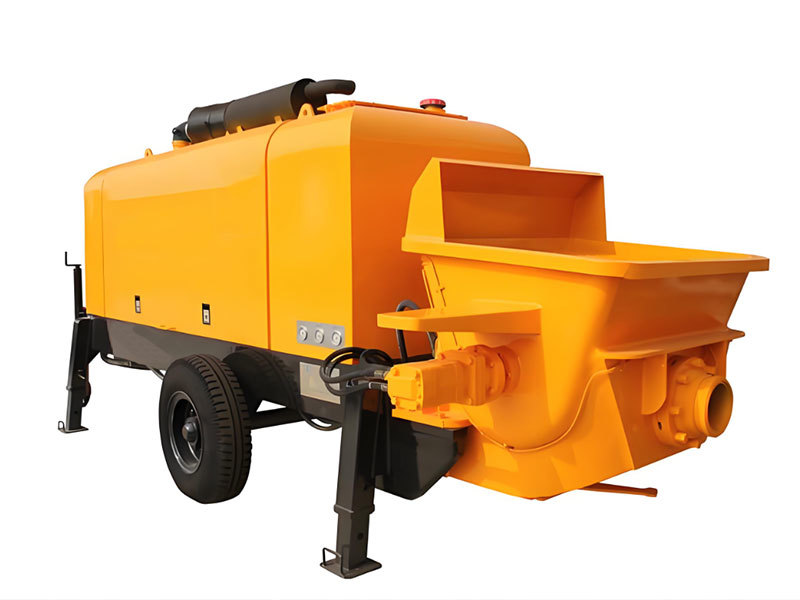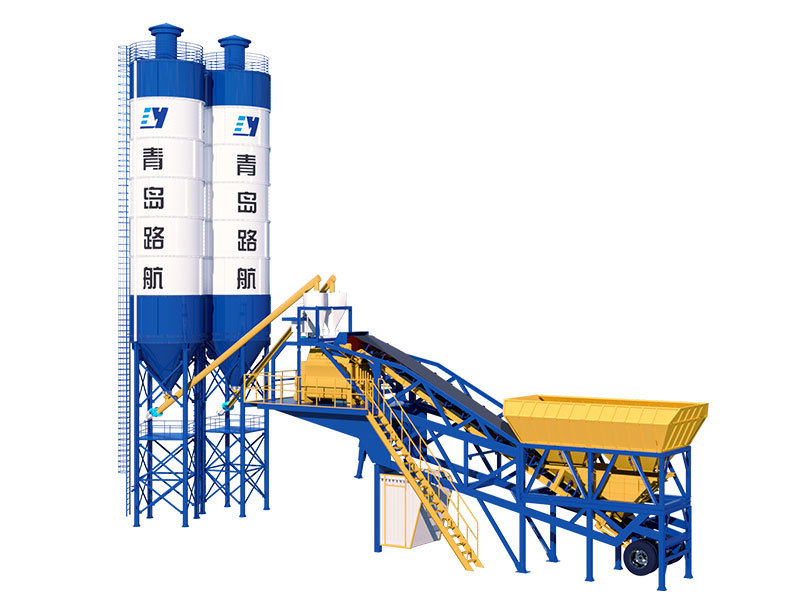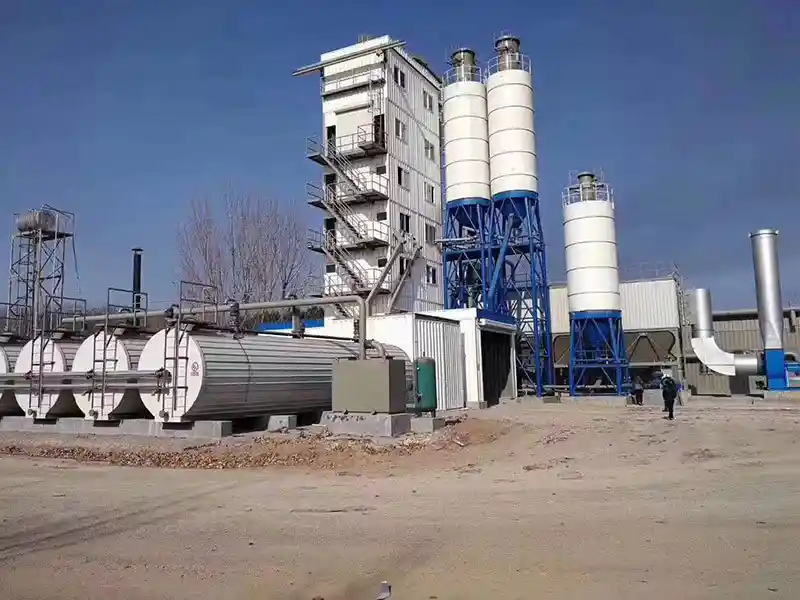Stirring Drag Pumps: Key Considerations for Your Mixing Applications
Release time:
Aug 12,2025
Stirring Drag Pumps: Key Considerations for Your Mixing Applications Mixing applications are crucial in various industries, including food processing, pharmaceuticals, and chemical manufacturing. One of the key components in achieving effective mixing is the choice of the right pump. Among the various options available, **stirring drag pumps** have gained popularity due to their efficiency and ver

Stirring Drag Pumps: Key Considerations for Your Mixing Applications
Mixing applications are crucial in various industries, including food processing, pharmaceuticals, and chemical manufacturing. One of the key components in achieving effective mixing is the choice of the right pump. Among the various options available, **stirring drag pumps** have gained popularity due to their efficiency and versatility. In this article, we will explore the critical considerations for selecting and utilizing stirring drag pumps in your mixing applications.
Understanding Stirring Drag Pumps
Stirring drag pumps are designed to facilitate the mixing of viscous fluids and slurries. They operate by utilizing a rotating impeller that creates a drag force, efficiently blending the materials. This technology is particularly beneficial when dealing with mixtures that require a uniform consistency or specific ingredient dispersions.
Benefits of Using Stirring Drag Pumps
Choosing stirring drag pumps comes with multiple advantages:
- High Efficiency: These pumps are specifically engineered to handle viscous materials efficiently, minimizing energy consumption.
- Versatility: Suitable for various applications, including food, pharmaceutical, and chemical industries.
- Uniform Mixing: The design ensures that materials are thoroughly mixed, leading to consistent product quality.
- Easy Maintenance: Many models are designed for easy disassembly and cleaning, which is crucial in industries with stringent hygiene standards.
Key Considerations When Selecting Stirring Drag Pumps
Pump Design and Configuration
The design of the stirring drag pump plays a pivotal role in its performance. Factors such as impeller size, shape, and RPM must align with your specific mixing requirements. When selecting a pump, consider:
- Impeller Design: Different designs, such as axial or radial, can significantly impact mixing efficiency.
- Motor Power: Assess the power requirements to ensure the pump can handle the viscosity and flow rate of the materials involved.
- Size and Capacity: Choose a pump size that can accommodate your mixing vessel and desired output.
Material Compatibility
Compatibility between the pump materials and the fluids being mixed is crucial. Common materials for stirring drag pumps include stainless steel, plastic, and various alloys. Consider the following:
- Corrosiveness: Ensure that the pump materials can withstand the chemical nature of the fluids.
- Temperature Resistance: Evaluate whether the pump can operate effectively at the required temperatures without degradation.
Flow Rate and Viscosity
Understanding the flow rate and viscosity of the materials you are mixing is essential for optimal pump performance. High-viscosity fluids require specific pump designs that can maintain efficient flow. Key factors to assess include:
- Viscosity Levels: Ensure the pump is rated for the viscosity of your materials.
- Flow Requirements: Determine the flow rate necessary for your application to prevent bottlenecks in production.
Installation and Operation Guidelines
Proper Installation Techniques
Installing stirring drag pumps correctly is vital for their performance and longevity. Follow these guidelines:
- Alignment: Ensure the pump is aligned correctly with the motor and piping to prevent wear.
- Support Structure: Use adequate support to minimize vibration during operation.
- Seal Integrity: Verify that seals are properly installed to prevent leaks.
Operational Best Practices
To maximize the efficiency and lifespan of your stirring drag pump, adhere to these operational best practices:
- Regular Monitoring: Check for signs of wear or damage regularly to address issues proactively.
- Flow Adjustments: Adjust the flow rate as necessary to ensure optimal mixing without overloading the pump.
- Temperature Control: Monitor the temperature to prevent overheating and maintain consistent performance.
Common Applications of Stirring Drag Pumps
Stirring drag pumps find versatile applications across various industries. Here are some common use cases:
- Food and Beverage: Used for mixing thick sauces, creams, and other viscous food products.
- Chemical Processing: Ideal for blending chemicals, slurries, and other viscous materials.
- Pharmaceuticals: Essential for mixing compounds that require uniform consistency for efficacy.
Maintenance and Troubleshooting
Routine Maintenance Practices
Maintaining your stirring drag pump is essential for ensuring its efficiency and longevity. Implement the following routine practices:
- Cleaning: Regularly clean the pump to prevent buildup that can affect performance.
- Lubrication: Keep bearings and moving parts well-lubricated to reduce friction.
- Inspection: Perform periodic inspections for wear, leaks, or any signs of malfunction.
Troubleshooting Common Issues
Even with proper maintenance, issues may arise. Here’s how to troubleshoot common problems:
- Low Flow Rate: Check for clogs or obstructions in the system.
- Noisy Operation: Inspect for misalignment or worn bearings.
- Overheating: Ensure that the pump is not running dry and that cooling systems are functioning.
Cost Considerations for Stirring Drag Pumps
When budgeting for stirring drag pumps, consider both initial costs and long-term operational expenses. Evaluate the following:
- Purchase Price: Compare prices among different models while considering performance specifications.
- Energy Costs: Assess the energy efficiency of the pump to estimate long-term operational costs.
- Maintenance Expenses: Factor in costs for routine maintenance and potential repairs.
FAQs about Stirring Drag Pumps
1. What types of fluids can be mixed using stirring drag pumps?
Stirring drag pumps are suitable for a variety of fluids, including viscous liquids, slurries, and thick pastes typically found in food processing, pharmaceuticals, and chemical industries.
2. How do I determine the right size of a stirring drag pump for my application?
To choose the right size, assess the volume and viscosity of the materials to be mixed, then consult with pump manufacturers regarding their recommendations for your specific requirements.
3. What maintenance steps should I follow for stirring drag pumps?
Routine maintenance includes regular cleaning, lubrication of moving parts, periodic inspections for wear, and monitoring for unusual noises or performance issues.
4. Can stirring drag pumps handle high-temperature fluids?
Yes, many stirring drag pumps are designed to handle high-temperature fluids; however, it's critical to check the manufacturer's specifications for temperature limits before use.
5. What are the signs of a malfunctioning stirring drag pump?
Signs may include reduced flow rate, unusual noises during operation, overheating, and visible leaks. Regular monitoring can help catch these issues early.
Conclusion
Stirring drag pumps are invaluable tools in various mixing applications, offering efficiency and versatility across multiple industries. By understanding the key considerations in their selection, installation, and operation, you can optimize the performance of your mixing processes. Whether you are mixing food products, pharmaceuticals, or chemicals, implementing best practices and routine maintenance will ensure that your stirring drag pumps operate at their best, providing consistent quality in your products. Take your time to assess your specific mixing needs, and make informed decisions to enhance your operational efficiency.
Key words:




